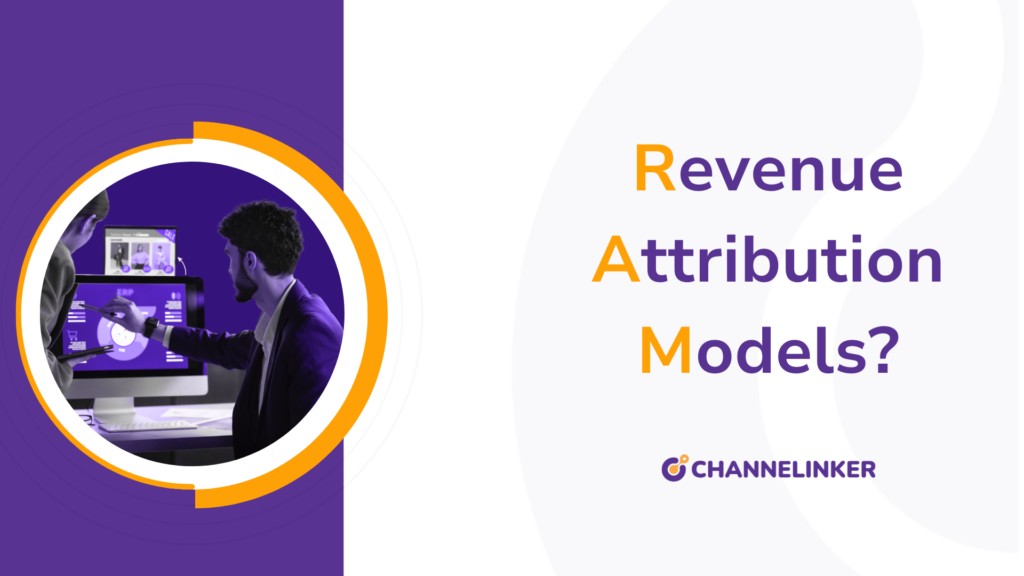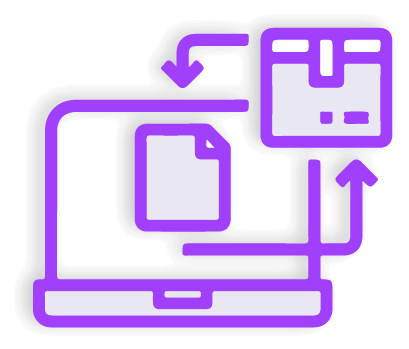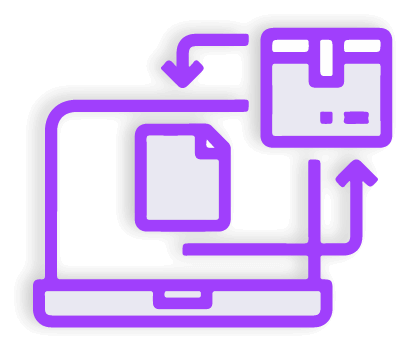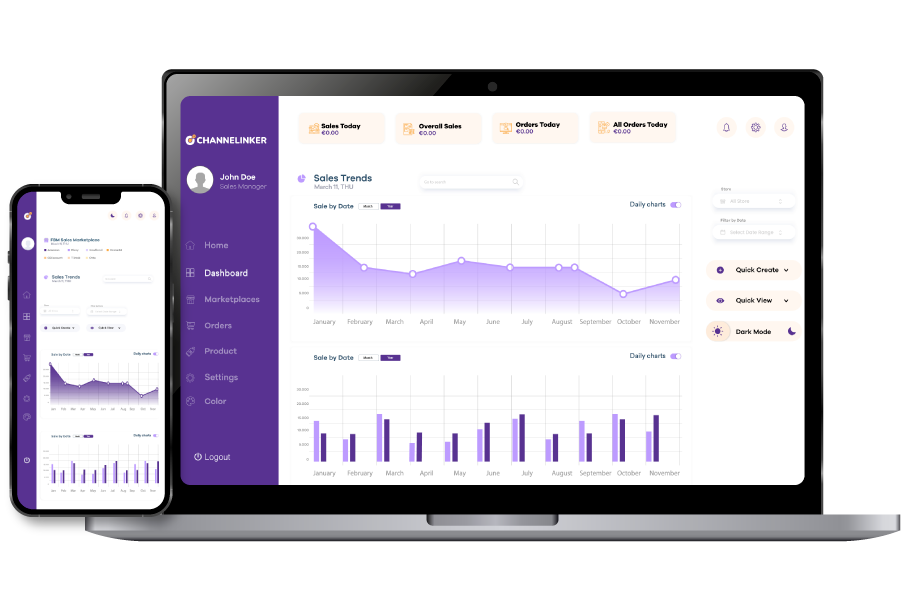Revenue Attribution: Benefits and Models

Introduction
Now imagine operating a business where every marketing dollar spent translates into a measurable impact. What if you could know exactly what campaigns are driving your growth and what’s killing your momentum? Enter revenue attribution.
Revenue attribution is a method for understanding how various interactions across marketing and sales channels translate into success for your business. Recognizing these contributions allows you to better allocate resources, to put emphasis on high-performing strategies, and, ultimately, to drive your bottom line up.
In this article, we will delve deeply into revenue attribution, exploring its definition, the significance for your business, its benefits, and a detailed analysis of various attribution models. We’ll also share practical tips for choosing the right path for your business, as well as real-world success stories to inspire you.
What Is Revenue Attribution?
Revenue Attribution is a process of identifying and realizing the value of expense that are contributing to generating revenue. These touchpoints can happen at any stage of the customer journey including:
- Clicking on a Google ad.
- Approaching your content through a blog post on your site.
- Opening a promotional email.
- Shopping on social media
- Chatting with a sales rep.
As opposed to getting a random overview, revenue attribution maps out each of these interactions and gives you a value per interaction to provide more clarity on how customers engage with your brand before a purchase.
So Why Does Revenue Attribution Matter?
Because businesses can’t see what’s really working, they waste resources on ineffective campaigns. Revenue attribution removes this guesswork by providing clarity into what drives results. Think of your GPS, whether in a car or on your phone—a zoomable, panned-out view of cities you might not yet even be aware of, all packed tight and waiting for that turn-by-turn guidance to make it to your destination on the quickest possible route.
The Correlative Importance of Revenue Attribution
Through our work, we have found that revenue attribution is crucial to modern business strategy. Here’s a look at its effects on key areas:
Strategic Decision-Making
Revenue attribution gives actionable data that helps companies make the right decisions. Attribution makes sure that decisions — on what to spend budgets on or which channels to prioritize — are guided by data rather than gut feeling.
Marketing Budget Optimization
Of the many challenges faced by marketers, one of the biggest is proving their spend. It shines the spotlight on the most profitable campaigns and channels, capitalizing your resources on strategies that produce the biggest impact.
For instance, a fitness app company noticed that influencer marketing campaigns drove higher LTV customers than pay-per-click (PPC) ads. In doing so, they repurposed their budget and dropped CAC by 20% in doing so.
Improved Customer Insights
Effective marketing starts with understanding your customers. Revenue attribution illuminates customer behavior across segments, empowering you to adapt your strategies for greater effectiveness.
Greater Interdisciplinary Teamwork
Marketing and sales teams working in isolation often create inefficiencies. Revenue attribution provides a common framework helping both departments work together and achieve better results.
Revenue Attribution Advantages
Now, keep reading to see how revenue attribution can transform business:-
Granular Performance Insights
On the other hand, revenue attribution gives a much more comprehensive view on the performance of each campaign, channel, or touchpoint throughout the customer’s journey towards conversion. They also bring transparency, which allows identifying and replicating successful strategies.
Improved Customer Journey Mapping
Attribution shows customers’ path to purchase by mapping the customer journey. And optimize for them accordingly.
Improved Resource Allocation
Attribution allows you to optimally distribute budgets, personnel, and time. Rather than tactically diluting resources, you may hone in on the strategies that regularly produce effects
Scalable Growth Strategies
With the growth of your business, marketing becomes more complex. The clarity of revenue attribution makes it possible to scale your strategies while remaining as cost-effective and on-point as ever.
Data-Driven Competitive Edge
In competitive industries, guessing is a sure path to demise. Revenue attribution provides tangible, measurable upside by creating data-driven decisions that leave competition behind.
Tip: In addition to revenue attribution, use predictive analytics to also help you predict trends before they happen so that you can stay ahead of the game.
A Dive Into Revenue Attribution Models
Selecting the right attribution model is key to gaining insights about your marketing performance. Let’s walk through the most popular ones:
- First-Touch Attribution: Gives 100% of the credit to the first interaction.
- Best for: Establishing brand awareness.
- Example: If a customer clicks on a Facebook ad first and then matures to complete a sale, the sale will be credited to the Facebook ad in its entirety.
- Last-Touch Attribution: Assigns credit to the last touchpoint before the conversion.
- Who it’s best for: Conversion-driven strategies.
- Linear Attribution: Gives equal credit to all interactions in the customer journey.
- Time-Decay Attribution: Similar to the previous model but gives more weight to touchpoints that occurred most recently relative to the conversion.
- Position-Based Attribution: Distributes credit evenly between the first and last touchpoints, with minor attribution given to the middle.
- For example, a U-shaped model gives weights to brand discovery (first touch) and final conversion (last touch).
- Algorithmic Attribution: Uses accelerates machine learning training to study the customer behavior and give credit dynamically.
- Ideal for: Enterprises with access to advanced analytics and big data
Based on model explanation: Select a suitable model based on the business objectives, customer journey complexity, and data capabilities.
Customizing Revenue Attribution for Your Organization
Every business is different, but so are the attribution needs. Here’s how to tailor attribution strategies for your organization:
Start Small and Build Up
For beginners to attribution, start with first-touch or last-touch attribution models. Alternate with more advanced approaches over time.
Align with Business Goals
Align your attribution model with your goals. For example:
- Track awareness campaigns with first touch attribution.
- Report on long sales cycles using multi-touch models
- Leverage the Right Tools
- Tools of the modern age such as Google Analytics, HubSpot, and Channelinker make attribution at scale simple to manage.
A Guide To Simplifying Revenue Attribution
Here’s a closer look at revenue attribution tools that can help you master the game:
Google Analytics: Best suited for monitoring customer journeys and assessing touchpoints.
HubSpot: Automates marketing attribution reporting into your existing marketing tools.
Channelinker: It is an e commerce integration software that allows e-commerce businesses to integrate multiple channels with real-time access and synchronization.
Pro Tip: If you use attribution tools (credit to those who do), connect it with your CRM to capture an all-encompassing view of customer interactions.
Revenue Attribution Use Cases: From Theory to Action
Case Study 1: A SaaS Startup
A software company with high churn rates had a hard time identifying and fixing the pain points, so they decided to deploy algorithmic attribution. They found that onboarding emails had a huge effect on user retention. They reduced churn by 15% by optimizing these emails.
Case Study Two: eCommerce Success
An online electronics retailer employed position-based attribution to analyze their sales funnel. Email campaigns and retargeting ads were critical in triggering high-value purchases, they found. Moving budgets to these channels delivered a 25% increase in ROI.
Conclusion
Revenue attribution is the foundation of the next level of business acumen. By identifying revenue-driving touchpoints, businesses can optimize efforts, reduce waste and achieve sustainable growth.
No matter whether you’re a startup or an enterprise in your tenth year, there’s going to be a revenue attribution model and revenue attribution tool that will serve you well. Get the fundamentals down, try the aggressive strategies, and thrive.
Want to know how to elevate your business? Learn more about options like Channelinker for easier attribution and better decisions in the future.


